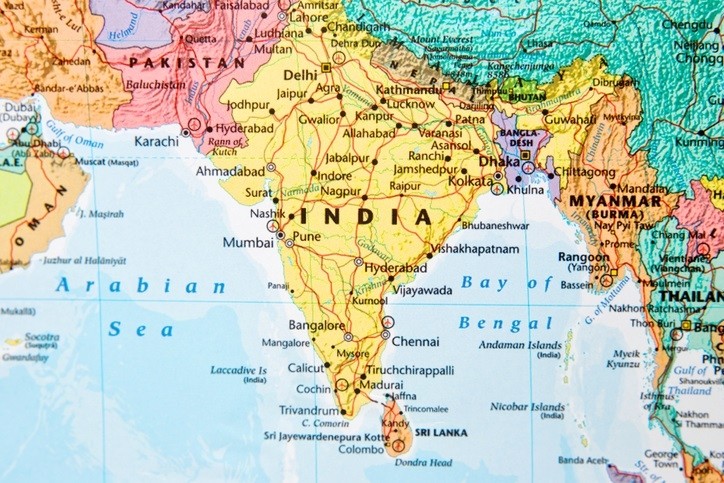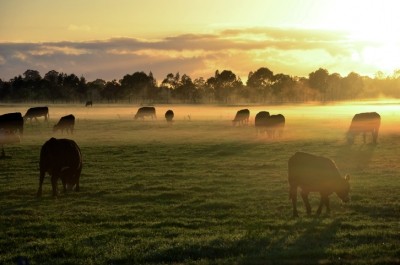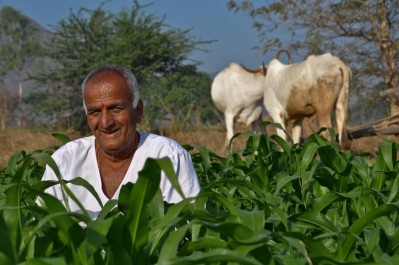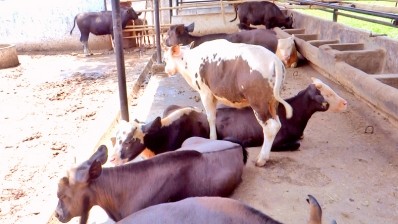South Asian dairy yields held back by poor diet

Other economies such as Thailand and Vietnam have relatively new dairy industries, and so have not had to ‘unlearn’ inherited approaches. However, farmers in India, Pakistan, Bangladesh and Sri Lanka have traditionally kept cows for a range of reasons, with milk production typically only a secondary concern, according to John Moran, an international consultant and director of Profitable Dairy Systems, Australia.
With long experience in both Asian and Australasian dairy farming techniques, Moran and dairy industry executive Geoff Walker have highlighted the challenges facing the sector in the Subcontinent. The two collaborated on a recent paper outlining those challenges.
Local cattle genotypes
The local genotypes of cattle, which predominate, are central to the whole issue, given that they are often incapable of producing more than 10L/cow/day of milk, even when well-fed and -managed. Outputs of just 1-2L/cow/day are more typical. This compares with 15L/cow/day even for smallholder dairy (SHD) farmers who know how to care for their animals, or even more in Friesians.
Much of this shortfall is down to diet. “Dairy cows will not produce economically viable levels of milk unless their forage intakes are supplemented with sufficient amounts of concentrates,” Moran told FeedNavigator. “Certainly, the nutritive values of forages (whether crop residues or specific fodder crops) can be improved with better management. But this will still not provide sufficient feed nutrients for energy, protein and minerals each day for dairy stock to perform at acceptable commercial levels.”
Sound nutrition is similarly essential in ensuring both adequate growth rates in young stock, and milking herd fertility, including minimizing times between calving and conception in milking cows, he added.
Walker, who was until recently chief-of-party for the Bangladesh Dairy Enhancement Project, and formerly CEO of the Pakistan Dairy Development Company (PDDC), pointed out that Pakistan now has a thriving commercial dairy sector implementing Whole Farm Management (WFM) principles. “But at the smallholder level, too many farmers still follow similar traditional practices as in Bangladesh, with one advantage that the availability of different fodders is much greater in Pakistan,” he said.
He explained: “For me, the choice is simple: either do dairying well, and reduce the role of crop residues very significantly – chiefly rice- and wheat-straw across the Subcontinent – or provide few good inputs and accept low yield. There is a limit to the amount of concentrate that can be provided to a dairy cow; a good diet needs a good green fodder as well.”
For Walker, an improved diet would consist of a good concentrate “superior to most concentrates available from ‘commercial producers’”, a green fodder such as maize green-chop, rock salt for mineral supplementation and a reduced amount of straw to help with digestion (not nutrition).
One of the challenges in Bangladesh, said Moran, is that many government dairy advisers have limited experience in working closely with SHD farmers. “Traditional constraints will persist for future years in many South Asian countries unless government and dairy industry advisers are more proactive in promoting improved management practices,” he warned.
Walker stated that implementing WFM meant that a range of issues needed to be addressed. “Enhancing nutrition and water availability are probably the most important factors,” he said. He added that simple measures such as hosing down two or more times a day to help keep animals cool were also beneficial. Likewise, avoiding diseases such as mastitis and hoof problems is important.
‘How tradition constrains progress towards the development of the dairy industries of southern Asia’, by John Moran and Geoff Walker, Broadening Horizons (Feedipedia), No. 42, June 2017.







